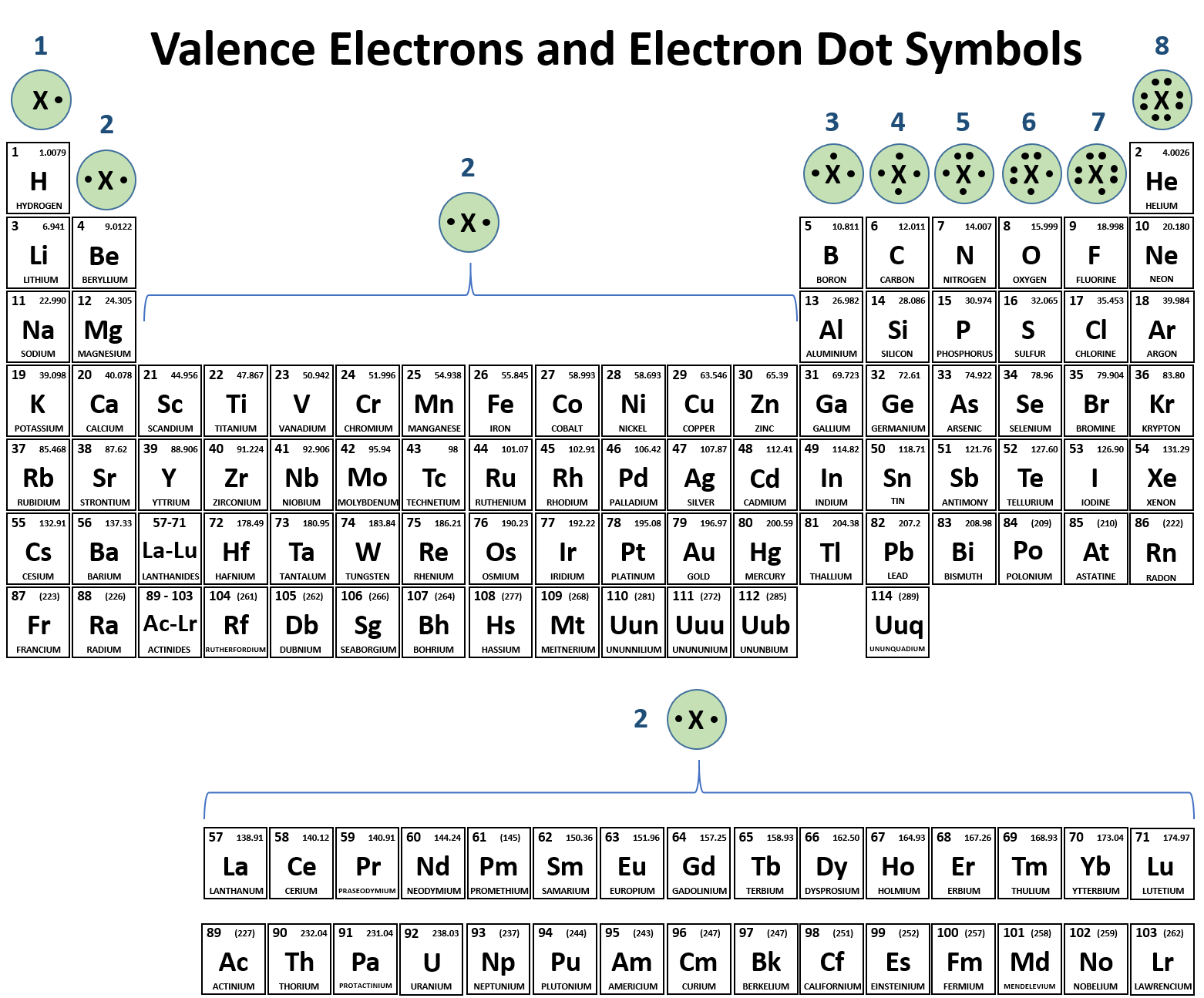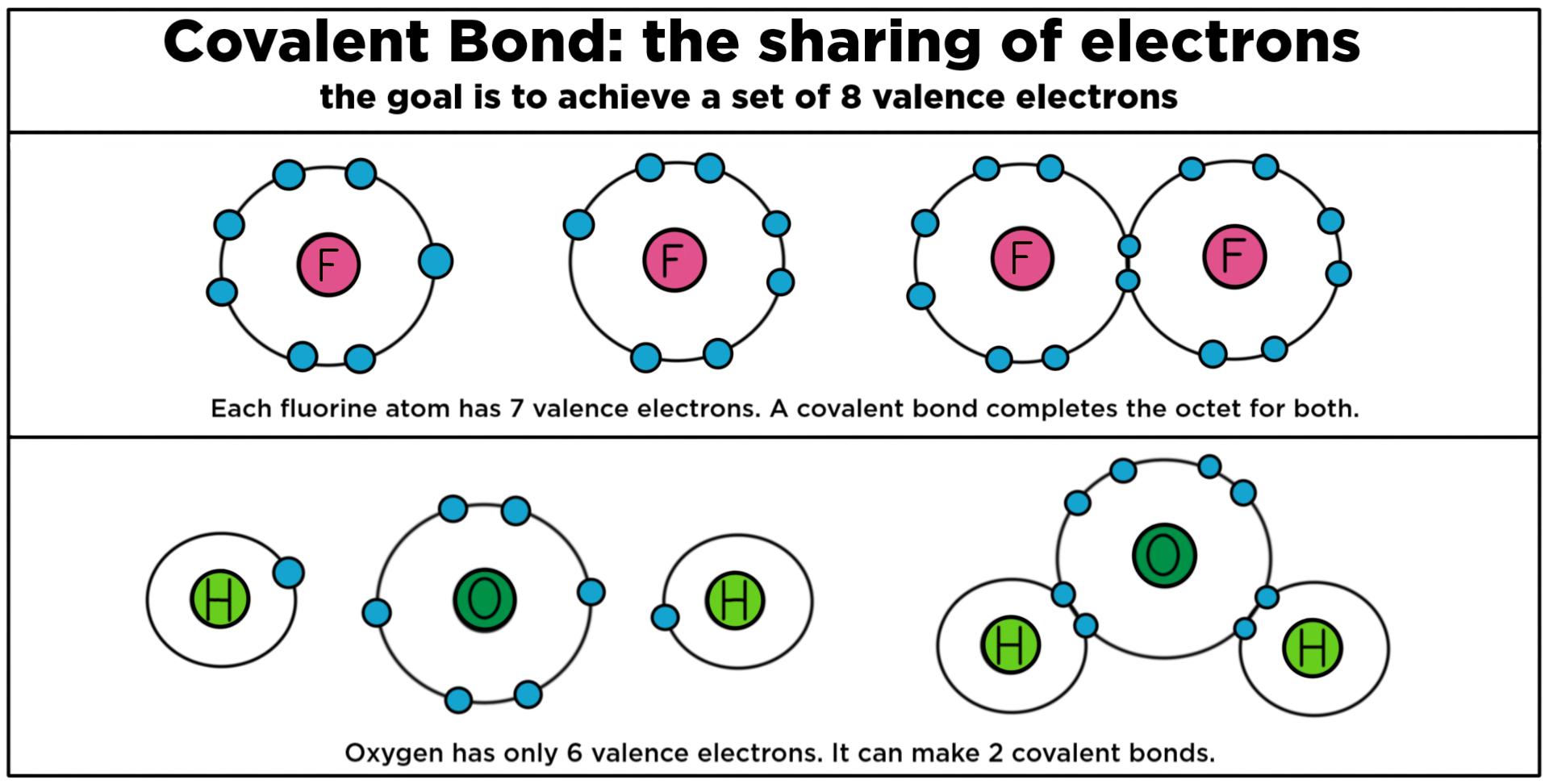Which Atoms Are Most Likely To Form Covalent Bonds - Web typically, the atoms of group 4a form 4 covalent bonds; Web covalent bonds form between atoms with relatively high electron affinity and they form individual, separate molecules (figure. Web typically, the atoms of group 4a form 4 covalent bonds; So, if two identical nonmetals. Web introduction only when two atoms of the same element form a covalent bond are the shared electrons actually shared equally between the. Web covalent bonds where electrons are not shared equally between two atoms are called polar covalent bond. Web solution verified by toppr correct option is a) a covalent bond is possible between similar and dissimilar atoms. Web the formula of the carbonate ion is co 32−. Web formation of covalent bonds. Web carbon atoms may thus form bonds to as many as four other atoms.
EduMission Chemistry Form 4 Chapter 5 Covalent Bond
Nonmetal atoms frequently form covalent bonds with other nonmetal atoms. Web introduction only when two atoms of the same element form a covalent bond are the shared electrons actually shared equally between the. Web a covalent bond is a chemical bond that involves the sharing of electrons to form electron pairs between atoms. The atoms of a polyatomic ion are.
Reading Covalent Bonds Biology (Early Release)
Web science chemistry chemistry questions and answers which atom is most likely to form a polar covalent bond with carbon? Nonmetal atoms frequently form covalent bonds with other nonmetal atoms. Group 5a form 3 bonds; Web a bond in which the electronegativity difference between the atoms is between 0.5 and 2.1 is called a. Web in covalent compounds, atoms form.
PPT Covalent Bonding PowerPoint Presentation, free download ID2468846
Nonmetal atoms frequently form covalent bonds with other nonmetal atoms. Web covalent bonds form when two nonmetallic atoms have the same or similar electronegativity values. Web science chemistry chemistry questions and answers which atom is most likely to form a polar covalent bond with carbon? So, if two identical nonmetals. Web introduction only when two atoms of the same element.
CH150 Chapter 4 Covalent Bonds and Molecular Compounds Chemistry
Web covalent bonds form between atoms with relatively high electron affinity and they form individual, separate molecules (figure. Web the most common examples are the covalent compounds of beryllium and boron. Web typically, the atoms of group 4a form 4 covalent bonds; Web covalent bonds where electrons are not shared equally between two atoms are called polar covalent bond. Web.
The top panel in this figure shows two hydrogen atoms sharing two
Group 6a form 2 bonds; Web covalent bonds where electrons are not shared equally between two atoms are called polar covalent bond. Web chemistry of life > introduction to biological macromolecules chemical bonds google classroom chemical bonds hold molecules together and. Group 5a form 3 bonds; Web a covalent bond is a chemical bond that involves the sharing of electrons.
covalent bond Definition, Properties, Examples, & Facts Britannica
Electron pairs shared between atoms of equal or very. Web chemistry of life > introduction to biological macromolecules chemical bonds google classroom chemical bonds hold molecules together and. For example, beryllium can form two. Group 5a form 3 bonds; Group 6a form 2 bonds;
Chemical Bonds Anatomy and Physiology I
Web covalent bonds form when two nonmetallic atoms have the same or similar electronegativity values. Web a covalent bond is a chemical bond that involves the sharing of electrons to form electron pairs between atoms. Group 6a form 2 bonds; Nonmetal atoms frequently form covalent bonds with other nonmetal atoms. Group 6a form 2 bonds;
Question Video Identifying Pairs of Elements Likely to Bond Covalently
Web a covalent bond is a chemical bond that involves the sharing of electrons to form electron pairs between atoms. Web the formula of the carbonate ion is co 32−. Group 6a form 2 bonds; Web covalent bonds form when two nonmetallic atoms have the same or similar electronegativity values. Web chemistry of life > introduction to biological macromolecules chemical.
Covalent Bonding (Biology) — Definition & Role Expii
Group 6a form 2 bonds; Web science chemistry chemistry questions and answers which atom is most likely to form a polar covalent bond with carbon? Group 6a form 2 bonds; Web in covalent compounds, atoms form covalent bonds that consist of electron pairs shared between two adjacent atomic nuclei. Web chemistry of life > introduction to biological macromolecules chemical bonds.
PPT Covalent Bonds PowerPoint Presentation, free download ID6647183
Group 5a form 3 bonds; So, if two identical nonmetals. Web the chemical elements most likely to form covalent bonds are those that share electrons, such as carbon, as. Web covalent bonds involve the sharing of electron pairs between atoms. Web the formula of the carbonate ion is co 32−.
Web a bond in which the electronegativity difference between the atoms is between 0.5 and 2.1 is called a. Web introduction only when two atoms of the same element form a covalent bond are the shared electrons actually shared equally between the. Web the most common examples are the covalent compounds of beryllium and boron. Web carbon atoms may thus form bonds to as many as four other atoms. Group 5a form 3 bonds; Nonmetal atoms frequently form covalent bonds with other nonmetal atoms. Web formation of covalent bonds. Web science chemistry chemistry questions and answers which atom is most likely to form a polar covalent bond with carbon? Web a covalent bond is a chemical bond that involves the sharing of electrons to form electron pairs between atoms. Web the formula of the carbonate ion is co 32−. For example, beryllium can form two. Web if atoms have similar electronegativities (the same affinity for electrons), covalent bonds are most likely. Group 5a form 3 bonds; Web one way to predict the type of bond that forms between two elements is to compare the electronegativities of the elements. Web chemistry of life > introduction to biological macromolecules chemical bonds google classroom chemical bonds hold molecules together and. Group 6a form 2 bonds; For example, in methane (ch 4 _4 4 start subscript, 4, end. Web covalent bonds where electrons are not shared equally between two atoms are called polar covalent bond. Electron pairs shared between atoms of equal or very. Web typically, the atoms of group 4a form 4 covalent bonds;
Web Solution Verified By Toppr Correct Option Is A) A Covalent Bond Is Possible Between Similar And Dissimilar Atoms.
Web typically, the atoms of group 4a form 4 covalent bonds; Web science chemistry chemistry questions and answers which atom is most likely to form a polar covalent bond with carbon? Group 5a form 3 bonds; Web the formula of the carbonate ion is co 32−.
For Example, Beryllium Can Form Two.
Web if atoms have similar electronegativities (the same affinity for electrons), covalent bonds are most likely. Web formation of covalent bonds. Web covalent bonds involve the sharing of electron pairs between atoms. Web in covalent compounds, atoms form covalent bonds that consist of electron pairs shared between two adjacent atomic nuclei.
Web The Most Common Examples Are The Covalent Compounds Of Beryllium And Boron.
Group 6a form 2 bonds; Web chemistry of life > introduction to biological macromolecules chemical bonds google classroom chemical bonds hold molecules together and. Web one way to predict the type of bond that forms between two elements is to compare the electronegativities of the elements. Web carbon atoms may thus form bonds to as many as four other atoms.
Web A Covalent Bond Is A Chemical Bond That Involves The Sharing Of Electrons To Form Electron Pairs Between Atoms.
Web introduction only when two atoms of the same element form a covalent bond are the shared electrons actually shared equally between the. Nonmetal atoms frequently form covalent bonds with other nonmetal atoms. Electron pairs shared between atoms of equal or very. Web a bond in which the electronegativity difference between the atoms is between 0.5 and 2.1 is called a.










